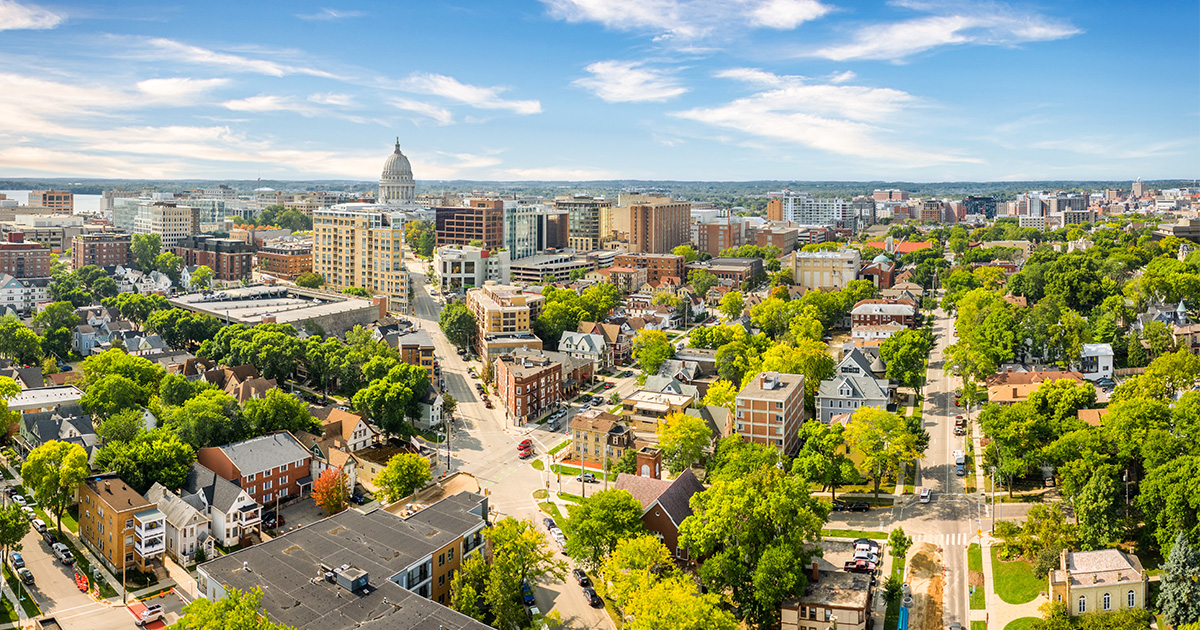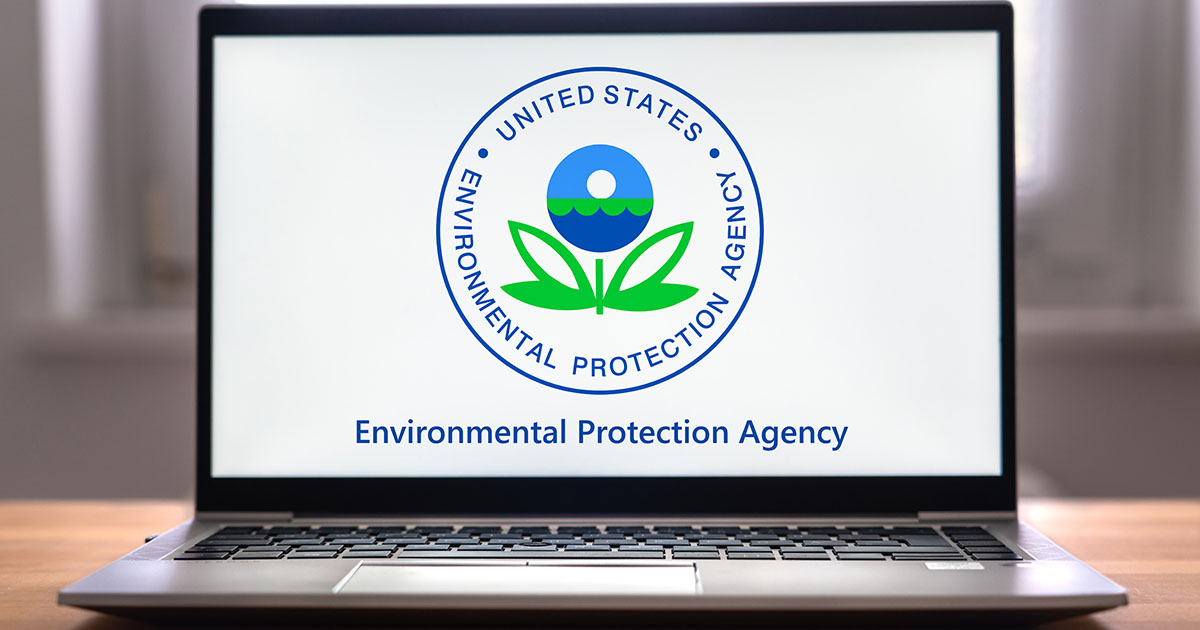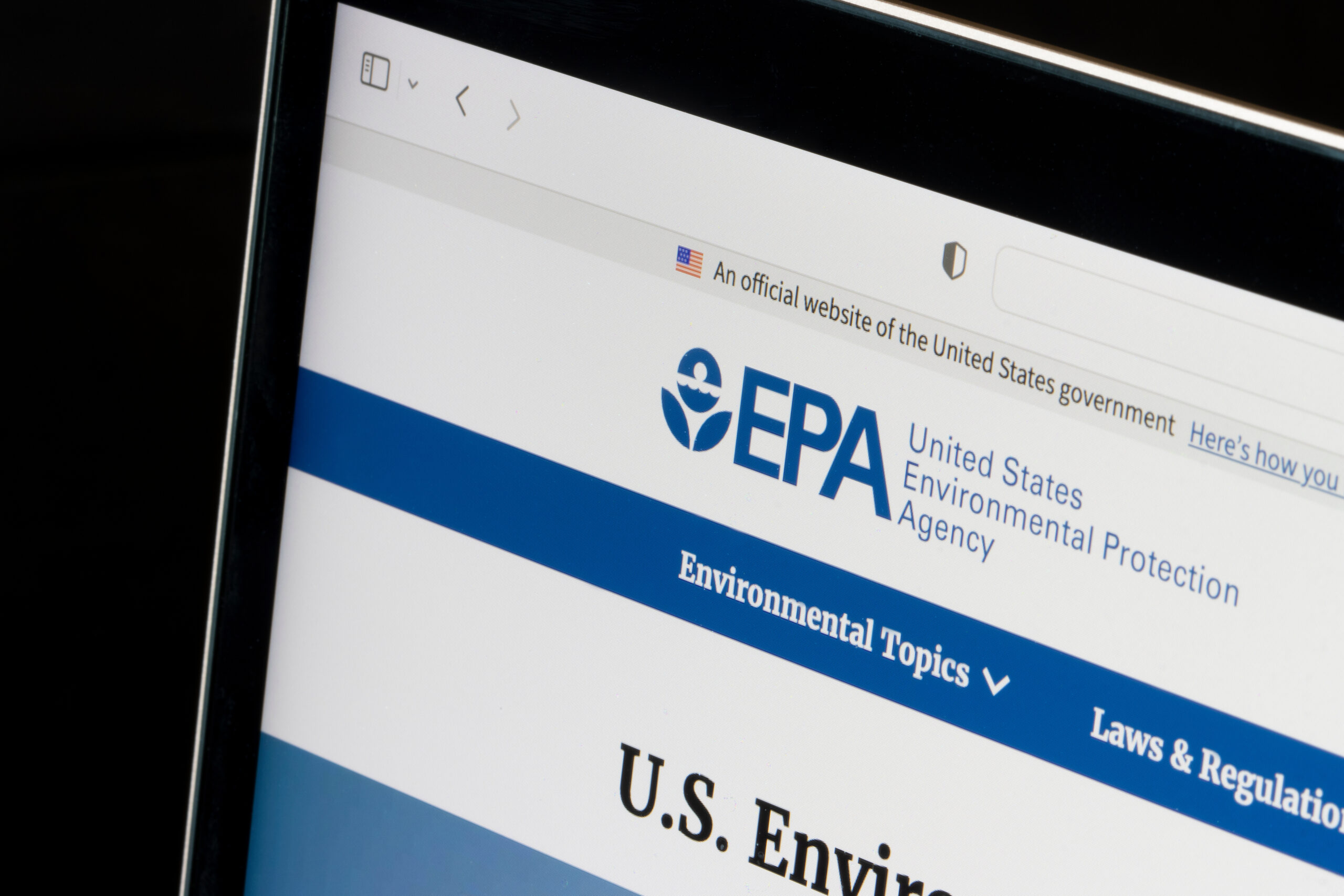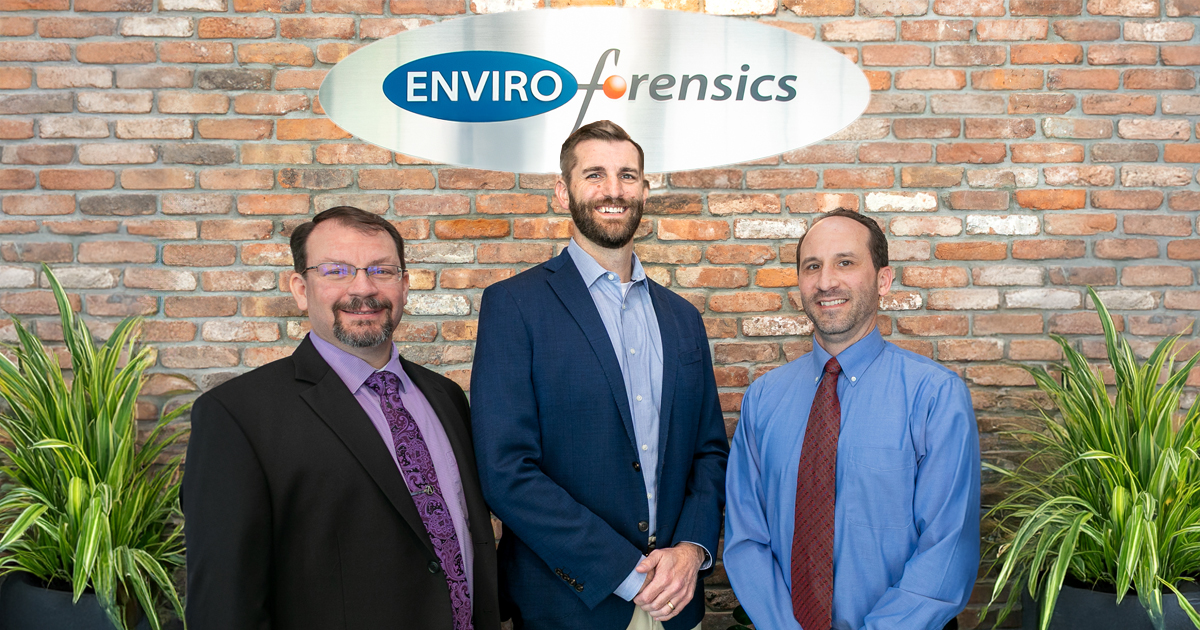Every Indiana community has them — the empty lot, the boarded-up building, the old gas station or dry cleaner that’s sat untouched for years. These are our Brownfields.
They’re more than just eyesores. Abandoned, tax-delinquent, or contaminated properties quietly drain city resources, erode the tax base, and discourage new investment.
At the same time, Indiana communities need new housing, stronger economies, and revitalized neighborhoods. Achieving those goals means reclaiming and reinvesting in properties that have been left behind — not expanding outward while the core of our communities sits idle.
The truth is, Brownfields represent one of the greatest opportunities for revitalization in our state. When communities choose to fix what’s broken, they demonstrate leadership, fiscal responsibility, and vision — and they lay the groundwork for sustainable growth from the inside out.
The Problem Beneath the Surface
Beneath every Brownfield lies a complex web of challenges. Environmental contamination is often just the beginning. The costs of cleanup, asbestos abatement, and demolition can be daunting. On top of that, there are serious liability concerns — cities and developers risk being held responsible for contamination they didn’t cause.
Many of these properties are also tied up in bankruptcies, estate probate, or tax delinquencies, making ownership and transfer complicated. And while EPA and state grants are available to support Brownfield cleanup, they rarely provide enough funding to fully address the problem. The result is financial uncertainty — and communities left holding the burden of properties they can’t afford to fix.
These sites are tough to tackle, so they linger. Meanwhile, new development expands outward, requiring costly new infrastructure while prime, well-located land near downtowns and neighborhoods sits idle.
But here’s the good news: with the right plan and the right partners, even the most complicated sites can be transformed — into housing, jobs, and thriving community spaces that once again serve the people who live nearby.
The Opportunity: Rebuild from Within
Redeveloping contaminated or underused properties does far more than clean up the environment — it creates long-term economic, social, and environmental value.
When cities reinvest in these sites, they protect public health, restore the environment, and strengthen local economies. They expand tax bases, create new opportunities for housing and business growth, and revive community pride and neighborhood identity.
In short, it’s not just about fixing land — it’s about reclaiming potential and reimagining what these properties can mean for the future of a community.
A Roadmap to Redevelopment
At the recent AIM (Accelerate Indiana Municipalities) Conference, EnviroForensics CEO Steve Henshaw, LPG, and environmental attorney David Guevara, PhD, Esq., shared a clear roadmap for how Indiana communities can turn contaminated properties into valuable community assets.
- Identify viable sites. Focus on tax-delinquent or blighted properties in strategic locations that have strong redevelopment potential.
- Fund the investigation and cleanup. There are successful alternatives to traditional Brownfield grants. Cities can leverage historical insurance assets, pursue responsible party litigation, or partner with an acquisition firm to purchase contaminated property, manage cleanup, and sell it back to the municipality once remediation is complete. Property owners also have standing to compel responsible parties to address contamination.
- Limit liability. Acquire the property as a Bona Fide Prospective Purchaser (BFPP) to protect the city and ensure cleanup activities do not expose the municipality to environmental liability.
- Prepare for redevelopment. Align cleanup goals with the property’s future use — whether for housing, commercial space, or mixed-use development — and integrate the project into the community’s broader redevelopment plan.
Across Indiana, cities are already proving that this approach works. Wabash is turning a 62-acre former manufacturing site into new homes and apartments. Lebanon transformed a vacant factory into a new 50,000-square-foot distribution facility, creating more than 20 new jobs. Mishawaka used insurance recovery funds to clean up a metal finishing site. In Indianapolis, a former rail spur along the Monon Trail has been redeveloped into a thriving residential area. In Madison, a former manufacturing facility has been repurposed into an apartment complex for seniors. And Terre Haute is embarking on an ambitious riverfront redevelopment, turning a former manufacturing facility into mixed-use and nature trails.
Each of these projects began with a problem property — and ended with a stronger, cleaner, more vibrant community.
Let’s Turn Challenges Into Opportunities
At EnviroForensics, we help municipalities and developers unlock funding, manage liability, and transform contaminated properties into clean, safe, and valuable assets that fuel growth for generations to come.
Because when communities reclaim what’s been left behind, they don’t just restore the environment — they restore opportunity.
That’s what we mean by turning environmental liabilities into assets®.
Have questions or want to learn how we can help your community get started? Contact us today.



